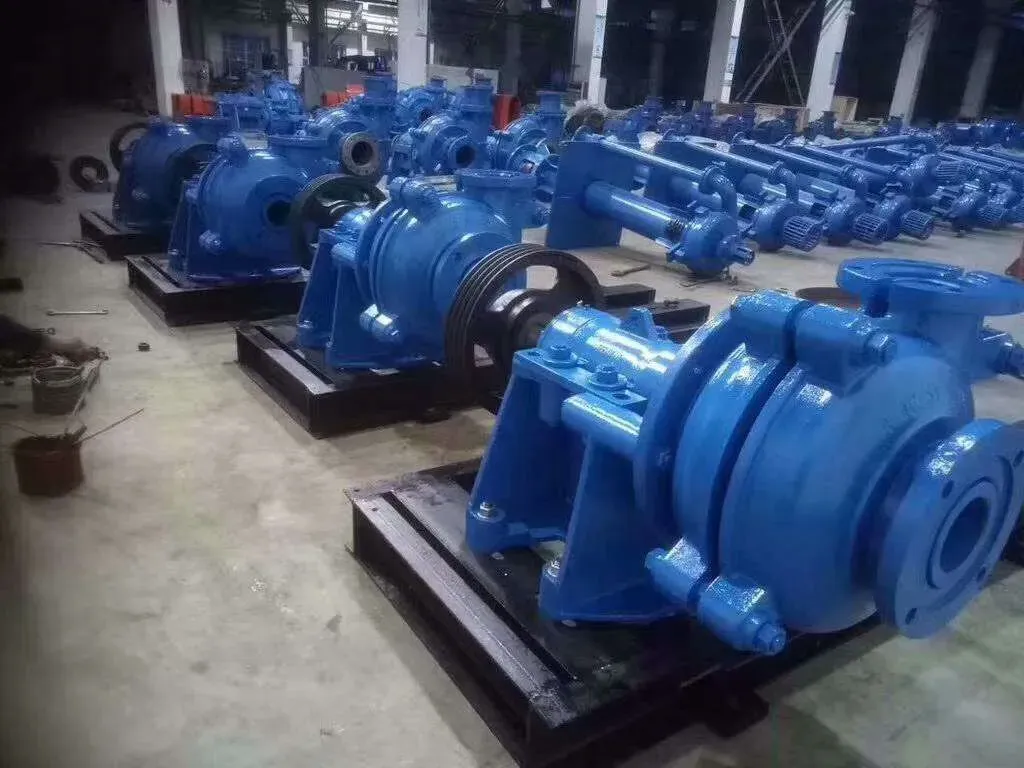TEL:
+86 13120555503
English
- Afrikaans
- Albanian
- Amharic
- Arabic
- Armenian
- Azerbaijani
- Basque
- Belarusian
- Bengali
- Bosnian
- Bulgarian
- Catalan
- Cebuano
- Corsican
- Croatian
- Czech
- Danish
- Dutch
- English
- Esperanto
- Estonian
- Finnish
- French
- Frisian
- Galician
- Georgian
- German
- Greek
- Gujarati
- Haitian Creole
- hausa
- hawaiian
- Hebrew
- Hindi
- Miao
- Hungarian
- Icelandic
- igbo
- Indonesian
- irish
- Italian
- Japanese
- Javanese
- Kannada
- kazakh
- Khmer
- Rwandese
- Korean
- Kurdish
- Kyrgyz
- Lao
- Latin
- Latvian
- Lithuanian
- Luxembourgish
- Macedonian
- Malgashi
- Malay
- Malayalam
- Maltese
- Maori
- Marathi
- Mongolian
- Myanmar
- Nepali
- Norwegian
- Norwegian
- Occitan
- Pashto
- Persian
- Polish
- Portuguese
- Punjabi
- Romanian
- Russian
- Samoan
- Scottish Gaelic
- Serbian
- Sesotho
- Shona
- Sindhi
- Sinhala
- Slovak
- Slovenian
- Somali
- Spanish
- Sundanese
- Swahili
- Swedish
- Tagalog
- Tajik
- Tamil
- Tatar
- Telugu
- Thai
- Turkish
- Turkmen
- Ukrainian
- Urdu
- Uighur
- Uzbek
- Vietnamese
- Welsh
- Bantu
- Yiddish
- Yoruba
- Zulu
Telephone: +86 13120555503
Email: frank@cypump.com
Jan . 10, 2025 12:05 Back to list
Vertical Slurry Pumps
Slurry pumping technology has seen substantial advancements in recent years, catering to industries that rely heavily on the movement of slurry materials. As a key element in various sectors, including mining, construction, and wastewater management, efficient slurry pumping is vital for optimizing processes and ensuring cost-effectiveness. This comprehensive exploration delves into the essentials of slurry pumping, elucidating its significance in modern technology and presenting an authoritative guide for industry professionals.
Innovations in slurry pumping technology have led to the development of smart pump systems. These systems integrate real-time monitoring and adaptive controls, offering unprecedented levels of efficiency and reliability. By analyzing operational data continuously, smart pumps can adjust to fluctuating conditions, minimizing energy consumption and preventing downtime caused by pump failure. This technological leap forward underscores the commitment of industry leaders to integrate Internet of Things (IoT) capabilities into traditional industrial equipment, enhancing both productivity and predictive maintenance. Trustworthiness in the domain of slurry pumping is also a key element. Customers require assurances that the equipment will perform as advertised, with minimal risk of failure. Industry certifications and rigorous testing procedures play a critical role in establishing the authority of a product. However, real-world testimonials and documented case studies often provide the most persuasive evidence of a pump's capabilities. These narratives, drawn from professionals who rely on slurry pumps in their daily operations, contribute significantly to a product's reputation. Moreover, understanding the environmental impact associated with slurry pumping is becoming increasingly important. Sustainable practices, such as recycling water during processes and reducing energy consumption, are paramount. Selecting energy-efficient pumps and integrating eco-friendly practices not only contribute to sustainability goals but also offer long-term economic benefits. In conclusion, slurry pumping is an intricate field requiring technical expertise, precise selection, and innovative solutions to meet the demands of modern industry. Industry professionals seeking to optimize their processes must remain vigilant of the evolving technology landscape, embracing both established practices and pioneering innovations. Through a combination of expertise, technology, and a commitment to sustainability, organizations can effectively manage their slurry pumping needs, ensuring reliability, efficiency, and cost-effectiveness.


Innovations in slurry pumping technology have led to the development of smart pump systems. These systems integrate real-time monitoring and adaptive controls, offering unprecedented levels of efficiency and reliability. By analyzing operational data continuously, smart pumps can adjust to fluctuating conditions, minimizing energy consumption and preventing downtime caused by pump failure. This technological leap forward underscores the commitment of industry leaders to integrate Internet of Things (IoT) capabilities into traditional industrial equipment, enhancing both productivity and predictive maintenance. Trustworthiness in the domain of slurry pumping is also a key element. Customers require assurances that the equipment will perform as advertised, with minimal risk of failure. Industry certifications and rigorous testing procedures play a critical role in establishing the authority of a product. However, real-world testimonials and documented case studies often provide the most persuasive evidence of a pump's capabilities. These narratives, drawn from professionals who rely on slurry pumps in their daily operations, contribute significantly to a product's reputation. Moreover, understanding the environmental impact associated with slurry pumping is becoming increasingly important. Sustainable practices, such as recycling water during processes and reducing energy consumption, are paramount. Selecting energy-efficient pumps and integrating eco-friendly practices not only contribute to sustainability goals but also offer long-term economic benefits. In conclusion, slurry pumping is an intricate field requiring technical expertise, precise selection, and innovative solutions to meet the demands of modern industry. Industry professionals seeking to optimize their processes must remain vigilant of the evolving technology landscape, embracing both established practices and pioneering innovations. Through a combination of expertise, technology, and a commitment to sustainability, organizations can effectively manage their slurry pumping needs, ensuring reliability, efficiency, and cost-effectiveness.
Share
Latest news
-
ISG Series Vertical Pipeline Pump - Chi Yuan Pumps Co., LTD.
NewsJul.30,2025
-
ISG Series Vertical Pipeline Pump - Chi Yuan Pumps Co., LTD.|energy-efficient fluid handling&industrial durability
NewsJul.30,2025
-
ISG Series Vertical Pipeline Pump - Chi Yuan Pumps | Advanced Engineering&Industrial Efficiency
NewsJul.30,2025
-
ISG Series Pipeline Pump - Chi Yuan Pumps | High Efficiency, Energy Saving
NewsJul.30,2025
-
ISG Series Vertical Pipeline Pump-Chi Yuan Pumps|High Efficiency&Reliable Performance
NewsJul.29,2025
-
ISG Series Vertical Pipeline Pump|High Efficiency&Low Noise
NewsJul.29,2025










